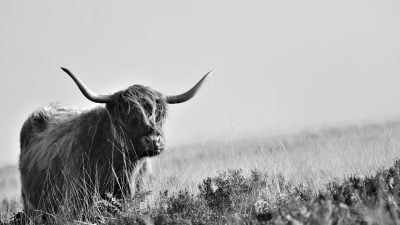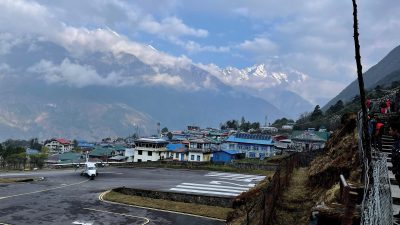Home / Australia & South Pacific / Australia / Explore Nature in Kakadu Natio…
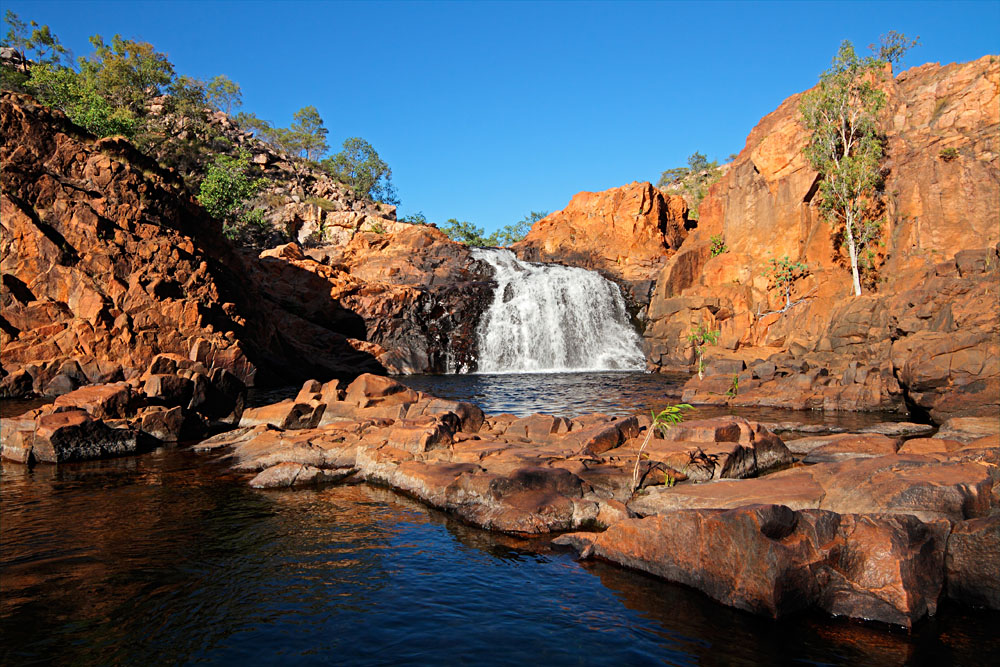
Explore Nature in Kakadu National Park, Australia
A perfect trip to Australia’s tropical Northern Territory must include a visit to Kakadu National Park. In this legendary nature protectorate you can walk among impressive sandstone rock formations while keeping an eye out for the shy black wallaroo hiding above, explore a monsoon vine forest alive with activity, stop for a picnic lunch in the rainforest, and explore a mesmerizing Aboriginal rock art site. This is just one possible itinerary at the stunning Kakadu National Park, located near Darwin in Australia’s top end.
This 19,804 km2 national park is a UNESCO World Heritage site, owing to its rich cultural and natural treasures. This land has been home to the native Bininj/Mungguy people for many thousands of years and is now jointly managed by its Aboriginal Traditional Owners and Parks Australia. Approximately half the size of Switzerland, the park is brimming with Aboriginal cultural sites and a remarkable variety of geological formations, landscapes, and wildlife.
The park is grouped into seven main regions, each with its own unique attractions and challenges: The Mamukala Wetlands, Ubirr, Jabiru, Nourlangie, Yellow Water, Jim Jim Falls, and Gunlom. To help navigate the vast park and make the most of your time there, start by checking out the Bowali Visitor Centre near the town of Jabiru.

When To Visit
Visitors at different times of year will encounter vastly distinct sights, but there is plenty to see all 12 months of the year. Broadly, you’ll hear references to the dry season (May to October) and the wet season (November to April), but the park is actually said to have six different seasons. Each one is characterized by different humidity levels, rainfall, and temperatures. The visitor who shows up during Gudjewg (monsoon season) will encounter a very different Kakadu than one who visits during Wurrgeng (cold weather season).
During Gudjewg, which runs from December to March, many sections of the park are submerged under floodwaters, making visiting by foot impossible. Yet intrepid visitors during this season may be able to view sections of the park by air. Some attractions are still open at this time and you’ll be able to witness the incredible, vivid green of new plant life brought forth by the floods. You’ll also encounter fewer visitors at this time.
Visiting during Wurrgeng, which runs from mid-June to mid-August, is a good bet. Although it’s known as the cold weather season, daytime temperatures are around 30 degrees Celsius and humidity is low. Areas of the park which were inaccessible during the monsoon season due to flooding may be accessible by this time, and the shrinking wetland areas mean that the impressive birdlife of the park will be more concentrated in specific areas. This concentration of birdlife increases even more as the dry season progresses, and the mid-August to mid-October hot and dry Gurrung season is known as prime time for bird watching!
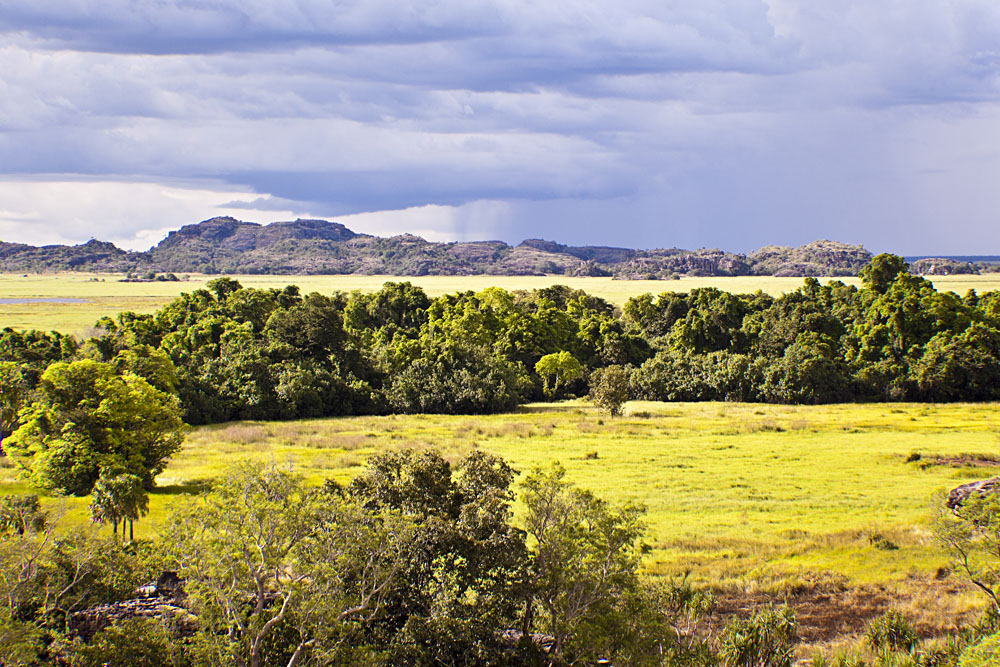
Diverse Habitats, Diverse Species
Kakadu National Park has examples of several distinct landscapes within its borders: Savanna woodlands, monsoon vine forests, southern hills and ridges, stone country (sandstone escarpment), tidal flats, mangroves and coastlines, and floodplains, rivers and billabongs. Each of these unique habitats houses its own unique mix of plants, animals, birds, insects, and reptiles. The park is home to a remarkable 2,000 plant species and over 10,000 insect species! Here, you can spot kangaroos, wallabies, and endangered wallaroos.
Kakadu is truly a birdwatcher’s paradise. In addition to the species in the Mamukala Wetlands, other habitats in the park contain their own distinct birding delights. Rainbow pittas in the paperbark swamp, blue-winged kookaburras in the woodlands, and chestnut-quilled rock pigeons in the stone country are just a few of the winged wonders that visitors encounter.
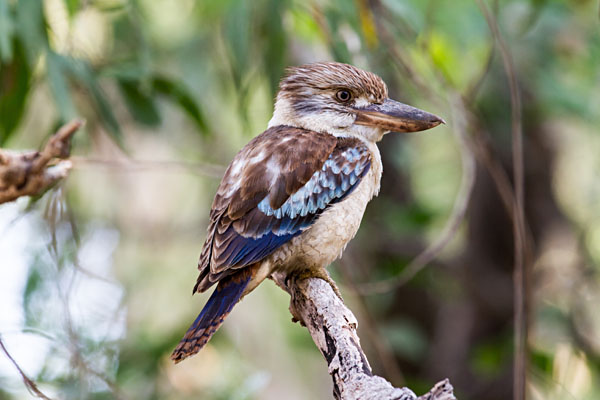
Rock Art Sites
Any visit to Kakadu National Park would be incomplete without a visit to its fascinating rock art sites. The Kakadu area has been inhabited by the Bininj/Mungguy people for over 40,000 years, and for much of that time, rock art has been used by the people to tell creation stories, recount historical events including religious ceremonies, attract abundance in game animals, and for ancient sorcery practice. Experiencing these magnificent works of art is a humbling experience.
Nourlangie, Nanguluwur, and Ubirr are the main rock art sites accessible to the public. A long period of history is recounted in the rock art in Kakadu National Park, with some paintings thought to be over 20,000 years old, while another was painted as recently as 1986. Before heading out on a self-guided walk or a ranger walk, stop in at the Warradjan Aboriginal Cultural Centre to learn about the rich culture and history of the Aboriginal Traditional Owners of Kakadu National Park.

Wetlands, Rivers & Waterfalls
The water features within Kakadu are truly stunning. The Mamukala Wetlands are one of Kakadu’s must see areas. About 60 different species of bird call the wetlands home, including the whistling duck, egrets, magpie geese, and jabirus. Jim Jim Falls and Twin Falls are picture perfect and can been seen from above during the wet season.
All over Kakadu you’ll find crocodile warning signs and it goes without saying that they should always be obeyed! Kakadu is home to more than 10,000 crocs and both the freshwater and saltwater varieties are lurking about. Check them out in their natural habitat on a Yellow Water Billabong Cruise.
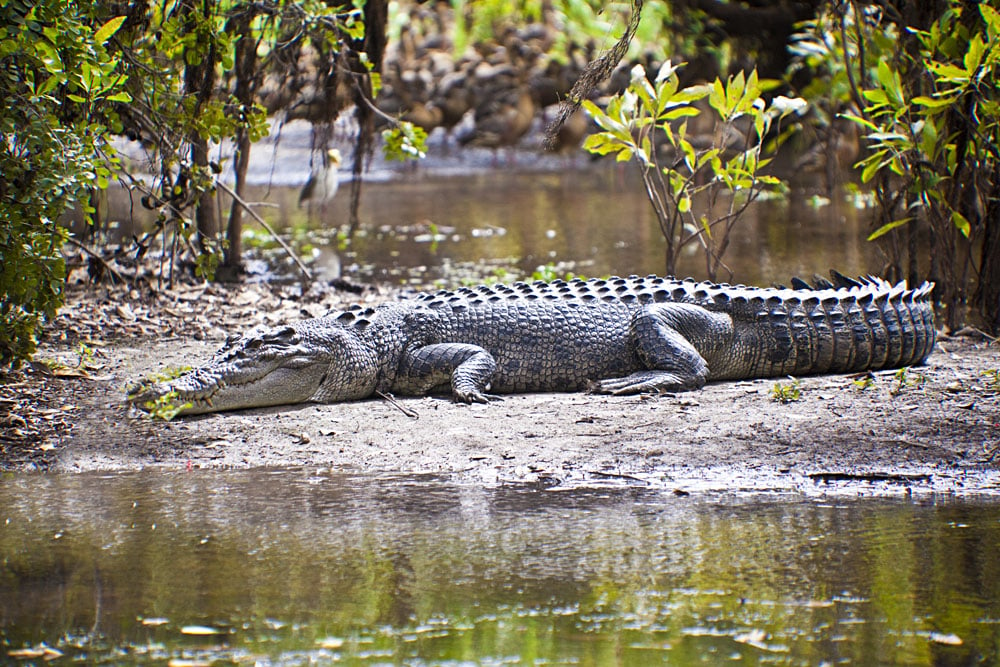
By Foot, By Boat, By Plane
Guided walks, river cruises, and plane tours offer a great value to visitors to Kakadu National Park, and they’ll allow you to uncover more about the park and its creature inhabitants than you would be able to on your own. An Aboriginal guide can give you rare insights into the history and wildlife of the Yellow Water Billabong or the East Alligator River. Breathtaking helicopter and plane tours allow you to see the immensity of the park from above, while guided ranger walks allow an up-close-and-personal view of the treasures of Kakadu. No matter how you choose to explore this incredible place, you’re sure to have an awe-inspiring experience.
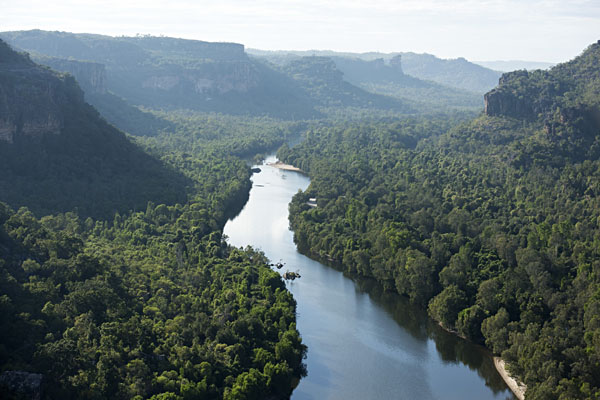
Suggested Itineraries:
3-Day Kakadu and Armenhland Explorer
3-Day Kakadu and Katherine Gorge
6-Day Alice Springs to Darwin (4WD) Self Drive
Get more travel inspiration by email.
Subscribe
0 Comments

Get the latest travel trends & hear about the best deals on vacations around the world.
If you’re a Globetrotter, these are the newsletters for you!
